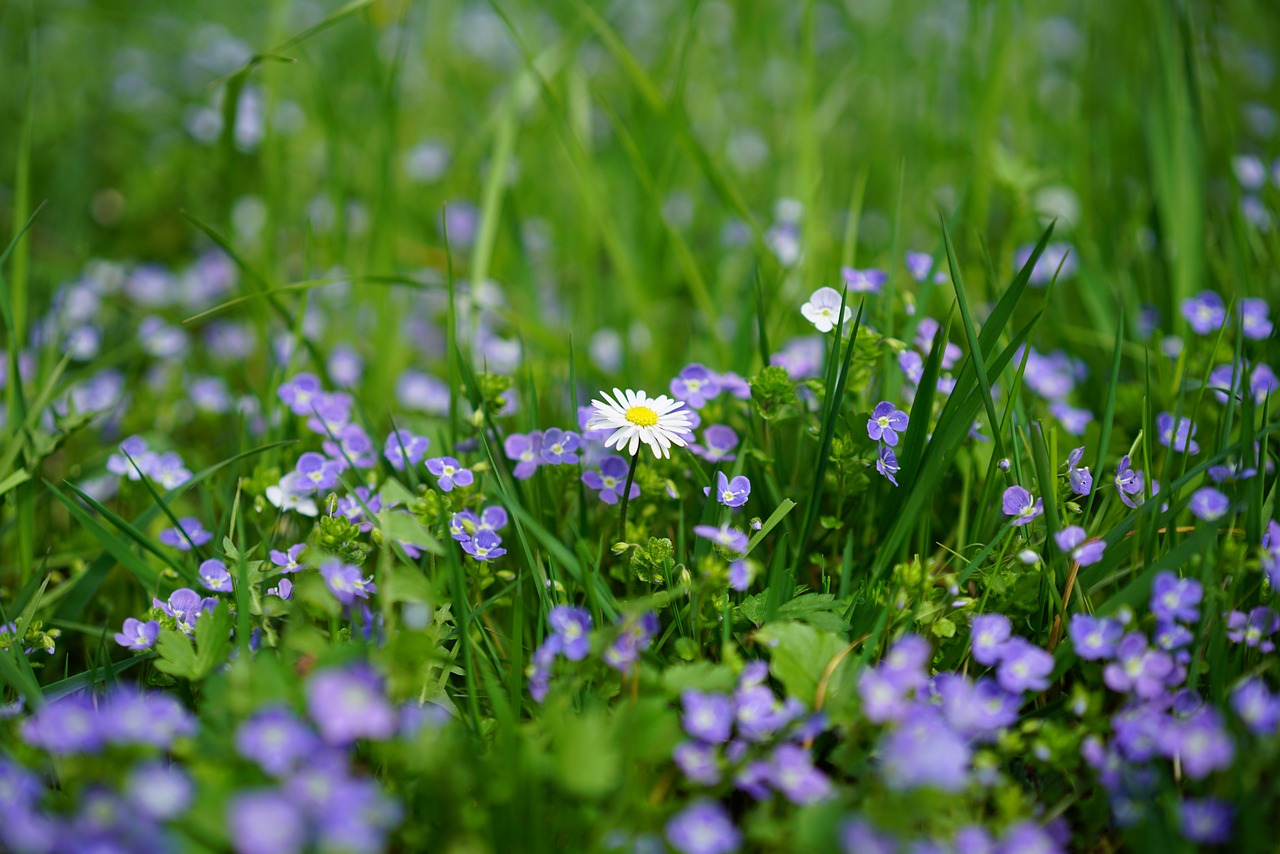Veronica
Overview
The Veronica plant, or Veronica spicata, is a perennial favorite admired for its resilience and simple cultivation. With over 500 species, it offers an array of colors and blooms from spring to fall, greatly enhancing garden aesthetics.

Characteristics
Known for its long-blooming colorful spires, hardiness, and low maintenance requirements.
Region
The Veronica plant is typically found in temperate regions and grown in zones 3-8.
Natural Habitat
Veronica plants are commonly found in meadows, woodlands, and alpine regions.
Cultivation
Thrives in full sun, requires moderate watering with well-draining soil, and prefers rich, loamy soil.
Uses and Benefits
Veronica plants, or Veronica spicata, are primarily cultivated for their ornamental beauty, contributing vibrant colors and shapes to the garden landscape. They exemplify versatility, providing both aesthetic and functional benefits, including:
- Offering a profusion of spires of flowers with an array of colors such as purple, blue, pink, and white3.
- Being drought-tolerant, they are an excellent choice for water-conservation landscaping2.
- Their deer-resistant nature protects gardens from foraging animals2.
- Given their extended blooming from spring to fall, they ensure a season-long display of blossoms4.
- Veronica plants serve as low-maintenance options for gardeners due to their minimal care requirements once established2.
- Their hardiness makes them a good match for companion planting with other robust, drought-tolerant plants.
The benefits of Veronica plants go beyond the visual appeal, adding resilience and sustainability to home gardens.

Cultivation Tips
Cultivating Veronica plants can be quite rewarding due to their beautiful blossoms and low maintenance needs. To ensure a thriving garden, follow these key cultivation tips:
- Sunlight: Plant your Veronica where it will receive full sun. This is essential for optimal growth and flowering.
- Soil: They prefer rich, well-draining soil. Preparing your garden bed with compost can enhance soil richness.
- Watering: While established plants are drought-tolerant, ensure you water regularly during the first growing season to help the root system develop.
- Pruning: Minimal pruning is necessary. However, deadheading the faded flowers can encourage reblooming.
- Division: To maintain vigor and prevent overcrowding, divide the plants every few years.
These straightforward care tips are designed to help your Veronica flourish, providing a long season of color and charm to your garden space.
Seasonal Considerations
When curating a serene and vibrant garden space, understanding the seasonal growth patterns of the Veronica plant is essential. Here’s what you should remember:
- Spring: This is when Veronica plants begin to bloom. Expect a show of fresh flowers during this time.
- Summer: Flowers reach their peak, displaying colorful 6- to 8-inch spikes4. It’s also the best time to see the plant at its fullest potential.
- Fall: Some species may continue to bloom into fall, offering an extended display, though the show may not be as robust as in the summer months.
While the main bloom period is summer, with the appropriate care and conditions, you can enjoy its beauty for much of the growing season.

Issues and Troubleshooting
- Occasionally, powdery mildew may affect the Veronica plant, presenting as white, powdery spots on leaves and stems. A fungicide or homemade baking soda mixture can mitigate this issue.
- In wet conditions, root rot can be a problem; ensure proper drainage to protect the plant’s roots.
- While generally deer-resistant, Veronica plants can fall prey to snails and slugs. Setting traps or using diatomaceous earth deters these pests.
Keep an eye out for these relatively rare but potential challenges to maintain the health and beauty of your Veronica plants. With good planting practices and attentive care, these issues can be minimized or avoided altogether.
History and Folklore
Throughout different cultures, veronicas have had various roles, from medicinal applications to mystical charms meant to ward off evil.
References
1. “How to Grow Veronica Spicata (Spiked Speedwell) – The Spruce.”, https://www.thespruce.com/veronica-plant-profile-2132565
2. “How to Grow the Veronica Plants – The Spruce.”, https://www.thespruce.com/veronica-plant-2153169
3. “Veronica (Speedwell): How to Plant, Grow, and Care for Veronica Plants – The Almanac.”, https://www.almanac.com/plant/veronica-speedwell
4. “How to Plant and Grow Veronica – Better Homes & Gardens.”, https://www.bhg.com/gardening/plant-dictionary/perennial/veronica/
5. “How to Grow Veronica – Harvest to Table.”, https://harvesttotable.com/how-to-grow-speedwell-veronica/
Nicolas Duval
Nicolas is a passionate advocate for nature and the art of wildcrafting. His dedication shines through in Wildcraftia, a website he meticulously crafted to serve as a haven for nature enthusiasts worldwide. Driven by a deep appreciation for nature’s connection to humanity, Nicolas embarked on his journey in 2011 with SmokableHerbs, a platform showcasing his love for nature’s bounty. Building upon this foundation, he established Smokably, a thriving online store offering premium herbs and blends to a global audience.
